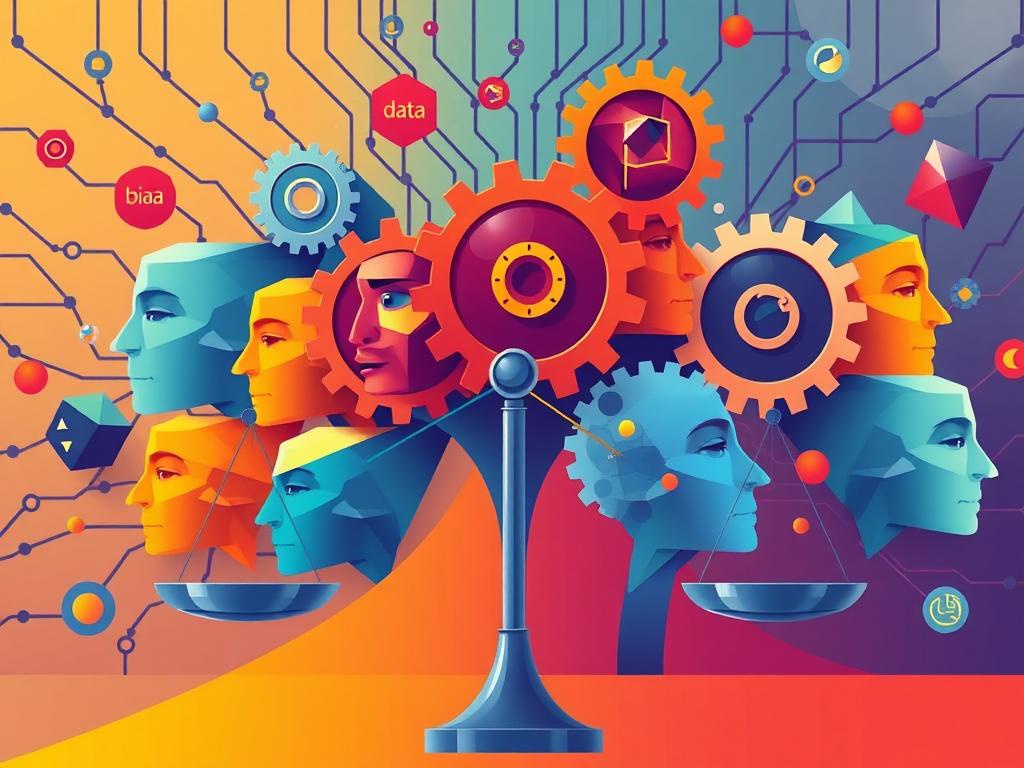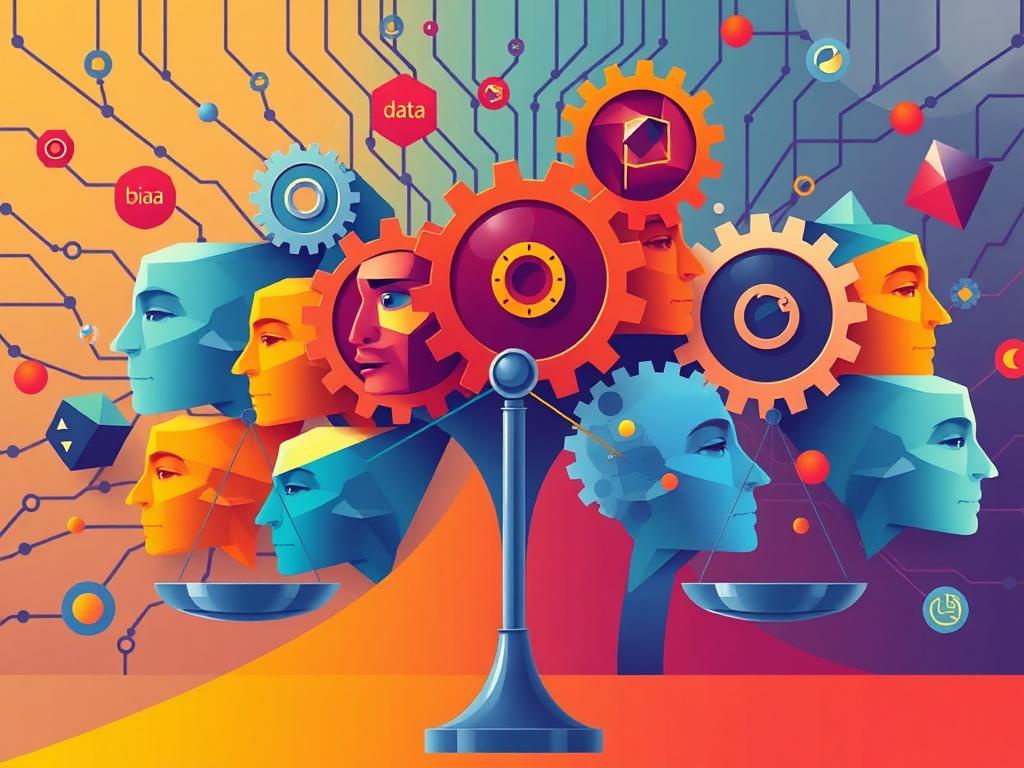
Understanding Algorithmic Bias in AI
Explore algorithmic bias in AI, its real-world impacts, and effective strategies to mitigate unfair outcomes in machine learning systems.
What Causes Algorithmic Bias?
Algorithmic bias stems from flaws in data collection, design choices, and human interpretation - not the algorithms themselves. Four primary factors contribute:
Biased Training Data
Machine learning models trained on non-representative datasets inherit existing societal biases. Historical hiring data favoring male candidates created discriminatory resume screening tools that penalized terms like "women's rugby team."
Flawed Algorithm Design
Developers may unintentionally encode biases through subjective weighting of factors. Some algorithms mistake correlation for causation - like linking shark attacks to ice cream sales instead of seasonal beach activity.
Proxy Data Misuse
Systems often use indirect indicators like zip codes as substitutes for sensitive attributes. This leads to economic discrimination in loan approvals despite race-neutral algorithms.
Evaluation Bias
Human interpretation of neutral algorithm outputs can create unfair outcomes. Financial institutions using "objective" credit scores may overlook contextual socioeconomic factors affecting minority borrowers.
Real-World Consequences of AI Bias
A resume screening tool downgraded female applicants by 60% after training on male-dominated hiring history. Mortgage algorithms charge Black and Latino borrowers up to 0.08% higher interest rates despite identical creditworthiness. Image generators reinforce stereotypes by predominantly showing men in STEM roles.
4 Strategies to Mitigate AI Bias
Diverse Data Collection
Ensure training datasets reflect actual population demographics across gender, race, and socioeconomic status. Implement ongoing data validation checks during model retraining.
Bias Detection Systems
Conduct regular algorithmic audits using impact assessments and causation tests. Maintain human oversight for critical decisions like loan approvals.
Transparent AI Practices
Document decision-making processes and prioritize explainable AI techniques. Financial institutions now disclose key factors affecting credit score calculations.
Inclusive Development Teams
Assemble multidisciplinary teams with diverse backgrounds to identify blind spots. Tech companies now partner with social scientists to audit recommendation algorithms.
As AI systems expand into healthcare, education, and law enforcement, addressing algorithmic bias becomes crucial for equitable innovation. Combining technical safeguards with human oversight helps create responsible AI that benefits all users.


























































